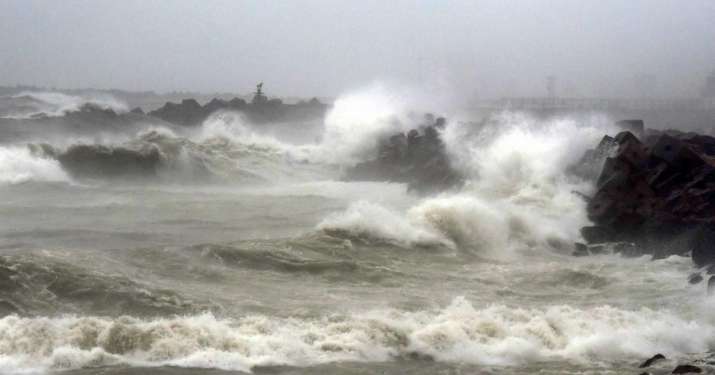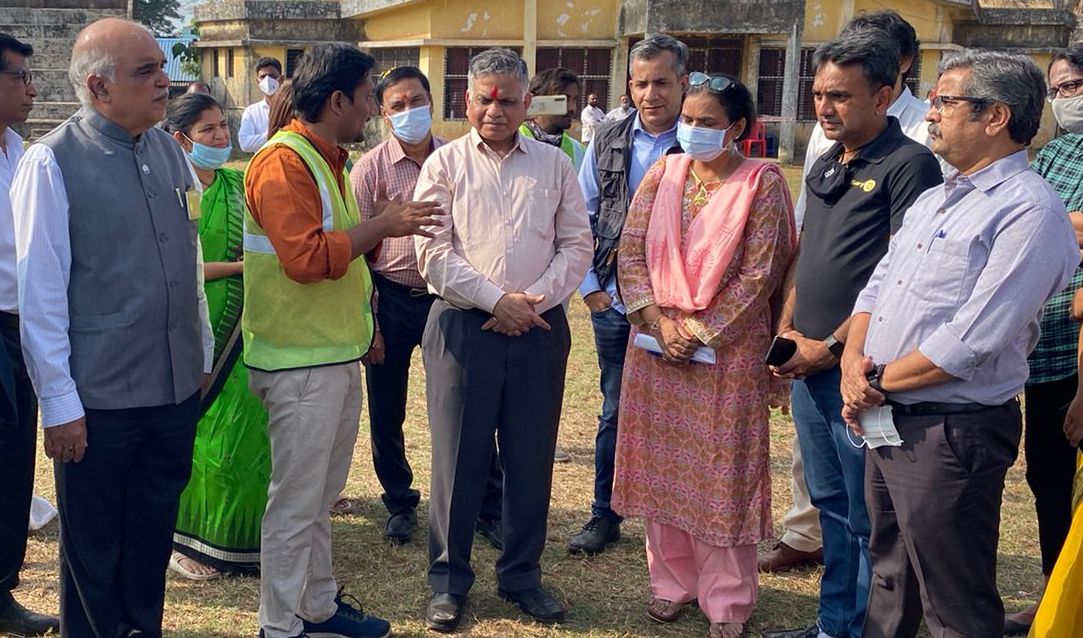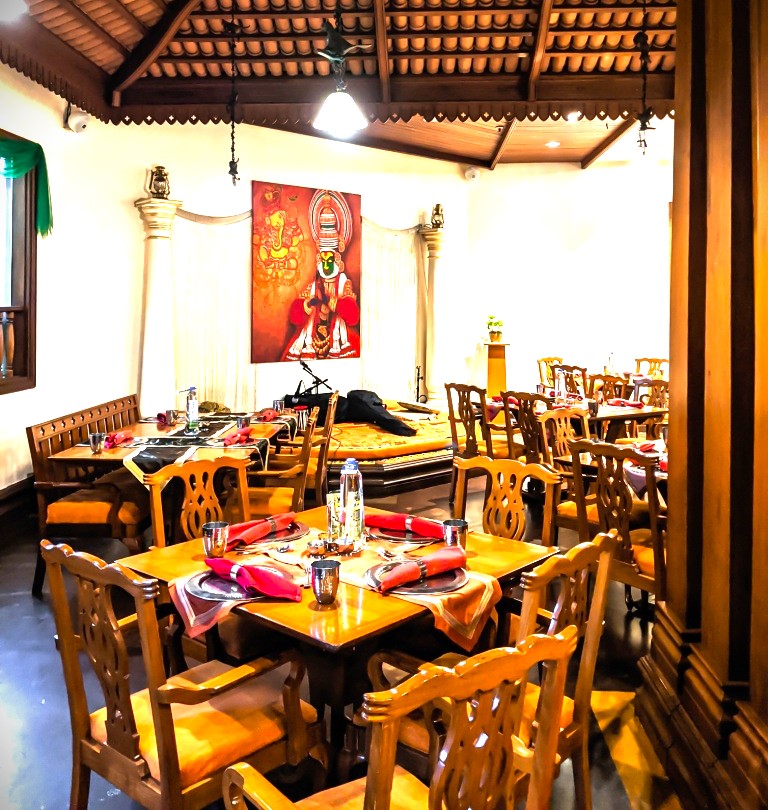Cyclone Gulab has made landfall in coastal regions of Andhra Pradesh and Odisha, the weather office tweeted this evening. The cyclone will cross the coasts between Kalingapatnam in Andhra Pradesh and Gopalpur in Odisha in the next three hours, the India Meteorological Department (IMD) said.
“The cloud bands have touched coastal regions and thus the landfall process has commenced over north coastal Andhra Pradesh and adjoining south coastal Odisha. System will cross coasts between Kalingapatnam and Gopalpur, about 25 km to north of Kalingapatnam, during the next three hours,” the IMD tweeted.
Cyclone Gulab is the second to hit Odisha in four months after Cyclone Yaas in May. Chief Minister Naveen Patnaik said efforts are on to ensure no casualties due to the cyclone in the seven high-risk districts – Ganjam, Gajapati, Kandhamal, Koraput, Rayagada, Nabarangpur and Malkangiri.
“The next two hours are crucial. We expect winds to blow at the speed of 90-100 kmph. Two teams of NDRF and 4 teams of SDRF have arrived here. Heavy rainfall could lead to floods, which is another challenge. 19 mandals in the district are flood-prone,” Srikakulam collector Sumit Kumar said, news agency ANI reported.
Prime Minister Narendra Modi spoke with Mr Patnaik and Andhra Pradesh Chief Minister YS Jagan Mohan Reddy and assured them of the centre’s support. “Discussed the cyclone situation in parts of Odisha with CM @Naveen_Odisha Ji. The Centre assures all possible support in overcoming this adversity,” PM Modi tweeted.
“The Chief Minister has asked people to remain indoors, particularly in pucca houses from Sunday evening till 10 am on Monday, during which the cyclone will pass through the region,” Special Relief Commissioner PK Jena told reporters.
Over the next three days, the sea condition will be rough to very rough and fishermen in Odisha, West Bengal and Andhra Pradesh have been asked to not venture into east-central and adjoining northeast Bay of Bengal and Andaman Sea.

Surjitt Sahani











